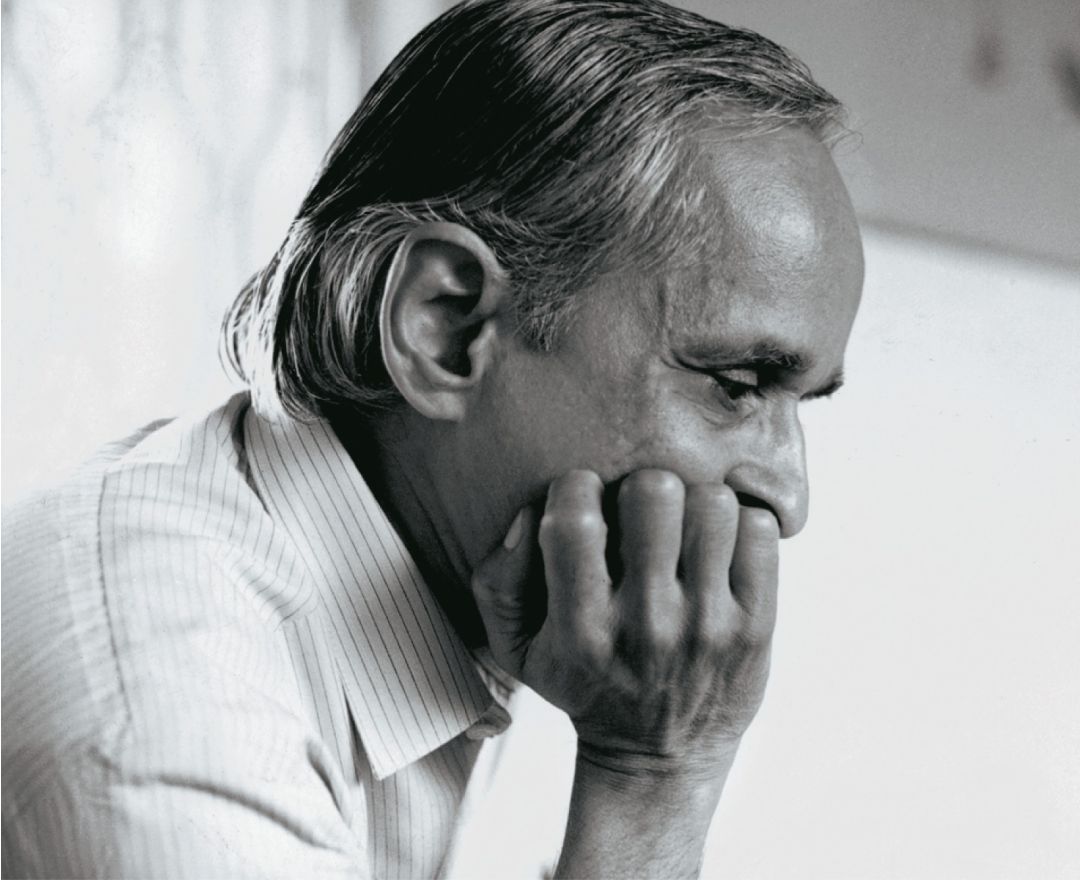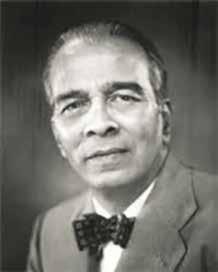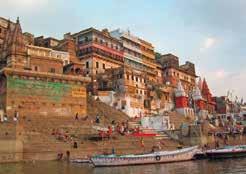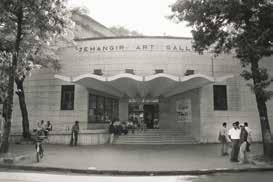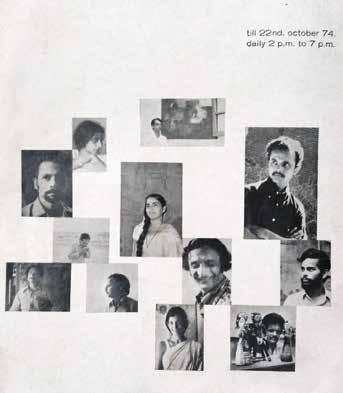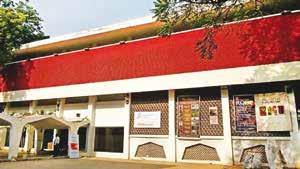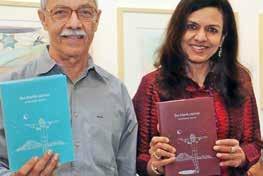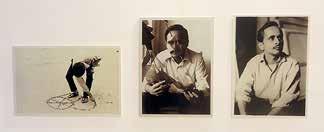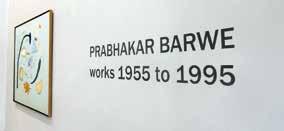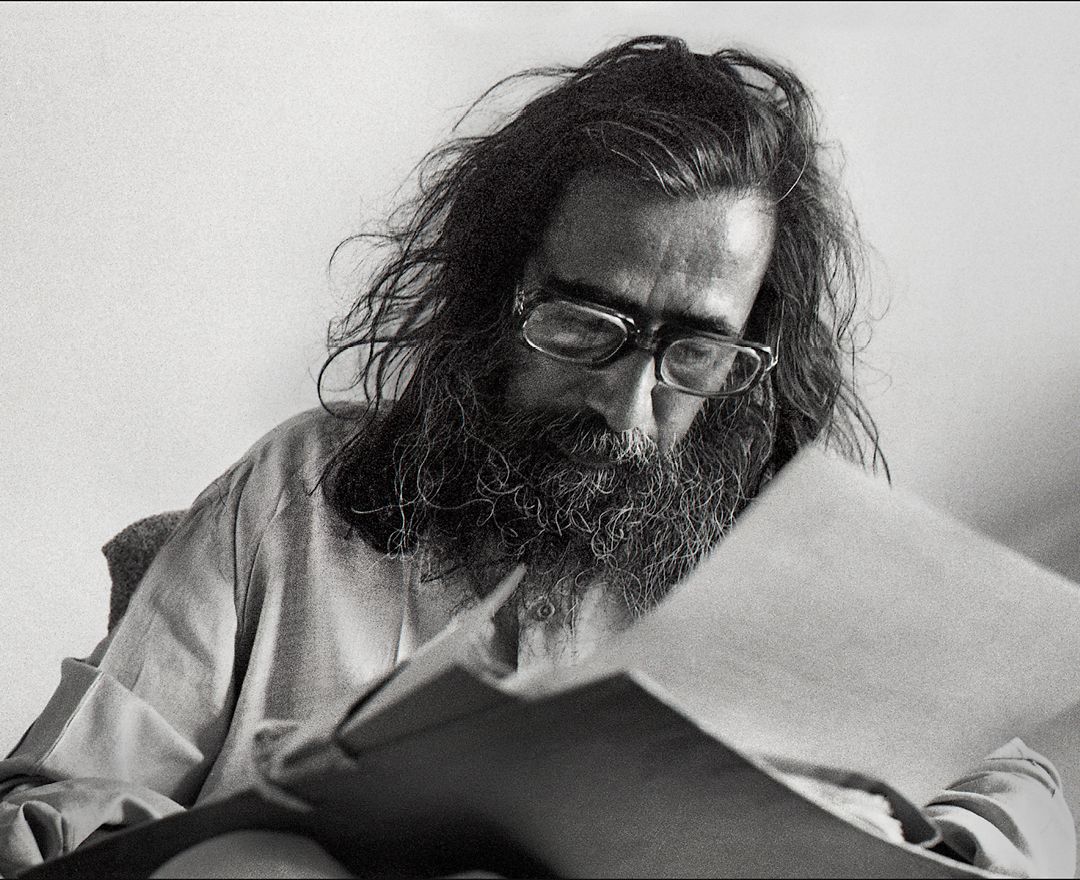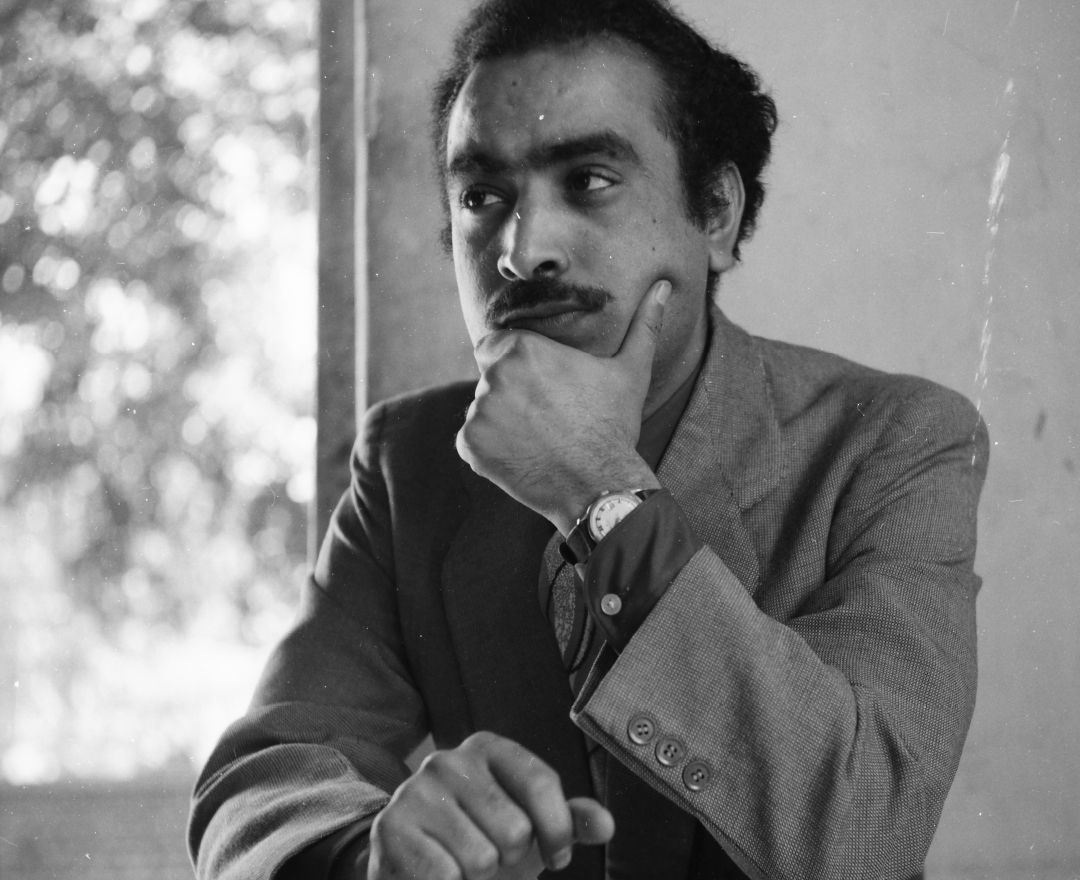Prabhakar Barwe
ARTIST TIMELINE
ARTWORKS
|
1936 - 1995 Prabhakar Barwe |

‘The essence of our total experience remains dormant in the recesses of our subconscious, silently awaiting the proper form of expression, manifested in terms of form, colour and space’
PRABHAKAR BARWE
artist timeline
artworks
dag exhibitions
|
‘Manifestations 5: 20th Century Indian Art’ |
|
DAG, New Delhi, 2011 |
|
‘Manifestations IX: 75 Artists, 20th Century Indian Art’ |
|
DAG, New Delhi and Mumbai, 2013-14 |
|
‘Indian Abstracts: An Absence of Form’ |
|
DAG, New Delhi, Mumbai, and New York, 2014-15 |
|
‘The Sixties Show’ |
|
DAG, Mumbai, 2020 |
|
‘Home is a Place / Interiority in Indian Art’ |
|
DAG, New Delhi, 2021 |
|
‘Iconic Masterpieces of Indian Modern Art’ |
|
DAG, Mumbai, 2021 |
|
'Tantra On The Edge: Inspirations and Experiments in Twentieth-Century Indian Art' |
|
DAG, New Delhi and Mumbai, 2022 |
notable collections
|
National Gallery of Modern Art, New Delhi |
|
Lalit Kala Akademi, New Delhi |
|
Piramal Art Foundation, Mumbai |
|
Roopankar Museum of Fine Arts, Bharat Bhavan, Bhopal |
|
Deutsche Bank (India) Collection, Mumbai |
|
Glenbarra Art Museum, Himeji |
|
Ben and Abby Grey Foundation, U. S. A. |
archival media



